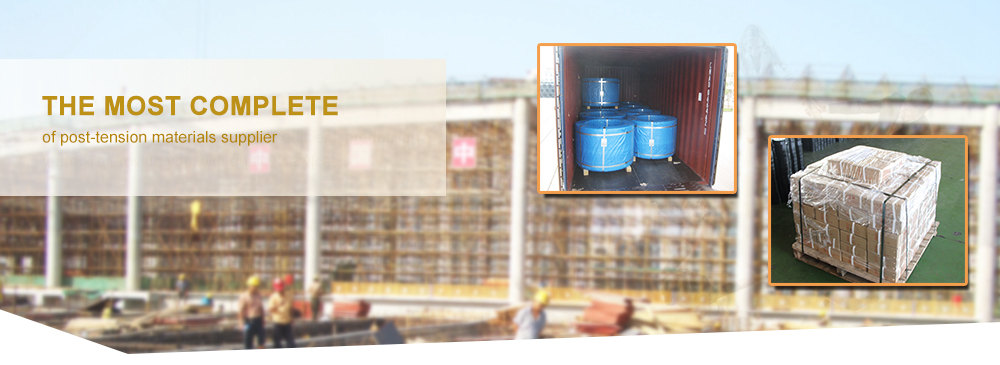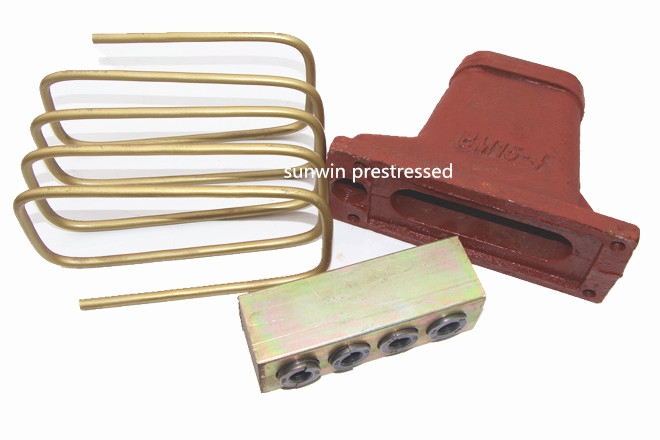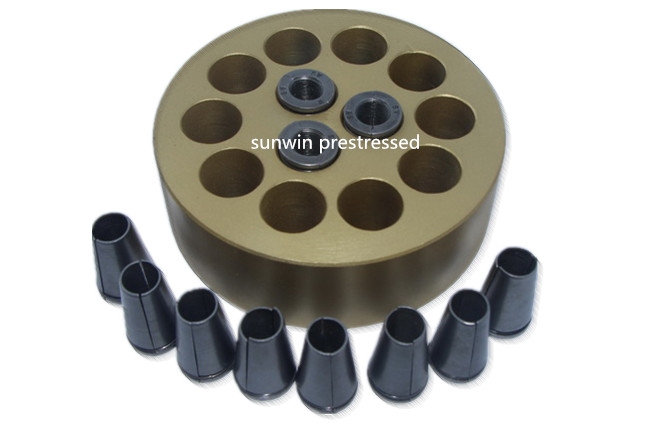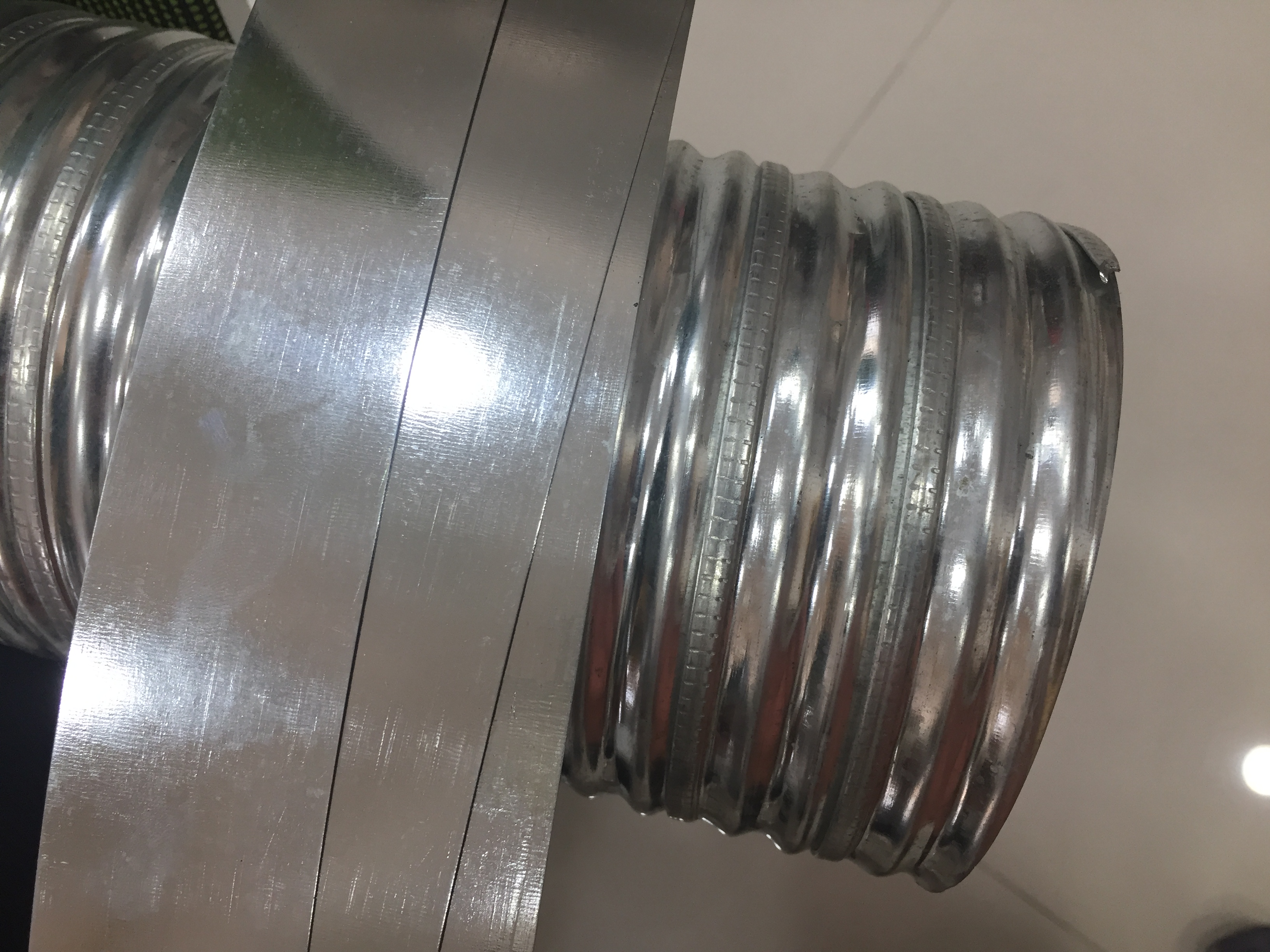Technical Supports
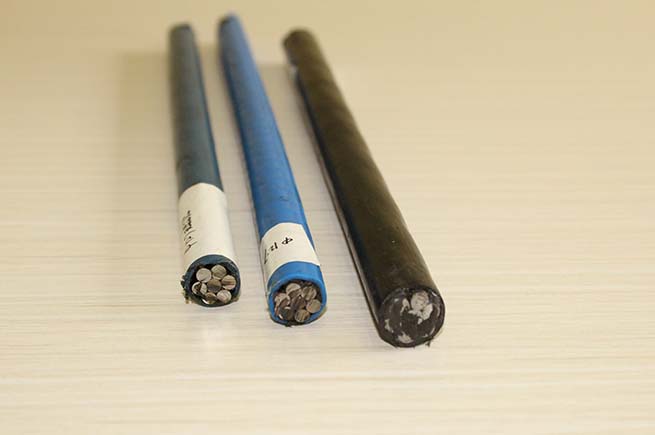


What is post-tensioning?
At its most basic level, post-tensioning is a fiendishly clever way of reinforcing concrete while you are building – occasionally even allowing the construction of something which might otherwise have been impossible!
The use of post-tensioning allows thinner concrete sections, longer spans between supports, stiffer walls to resist lateral loads and stiffer foundations to resist the effects of shrinking and swelling soils. Concrete has what engineers call ‘compressive’ strength – meaning that it happily bears its own weight within a structure. As soon as you introduce the ‘live’ loads of everyday usage, such as vehicles in a car park or on a bridge, the concrete tends to deflect or sag which leads to cracking, thus weakening the structure.
Concrete lacks ‘tensile’ strength. Alone, it does not always offer the flexibility needed. That’s why steel reinforcing bars – ‘rebar’ – are often embedded in the concrete to limit the width of cracks. However, rebar provides only passive reinforcement – that is, it does not bear any load or force until the concrete has already cracked.
This is where post-tensioning comes in. post-tensioning systems provide active reinforcement. The function of post-tensioning is to place the concrete structure under compression in those regions where load causes tensile stress. Post-tensioning applies a compressive stress on the material, which offsets the tensile stress the concrete might face under loading. post-tensioning is applied by the use of post-tensioning ‘tendons’ – a complete assembly including the very high strength prestressing steel strands or bar, the sheathing or protective ducting, plus any grout or corrosion-inhibiting coating surrounding the steel strands or bar and the anchorages needed at both ends.
A typical steel strand used for post-tensioning has a diameter of 15.7mm and a tensile strength around four times higher than an average non-prestressed piece of rebar. Sheathing or ducting houses the prestressing steel This allows it to move as necessary when the tensioning force is applied after the concrete cures. The steel stretches as it is tensioned and it is locked into place using an anchoring component, thus maintaining the force in the strand for the life of the structure.
Click to check all the post tension systems products made by sunwin

